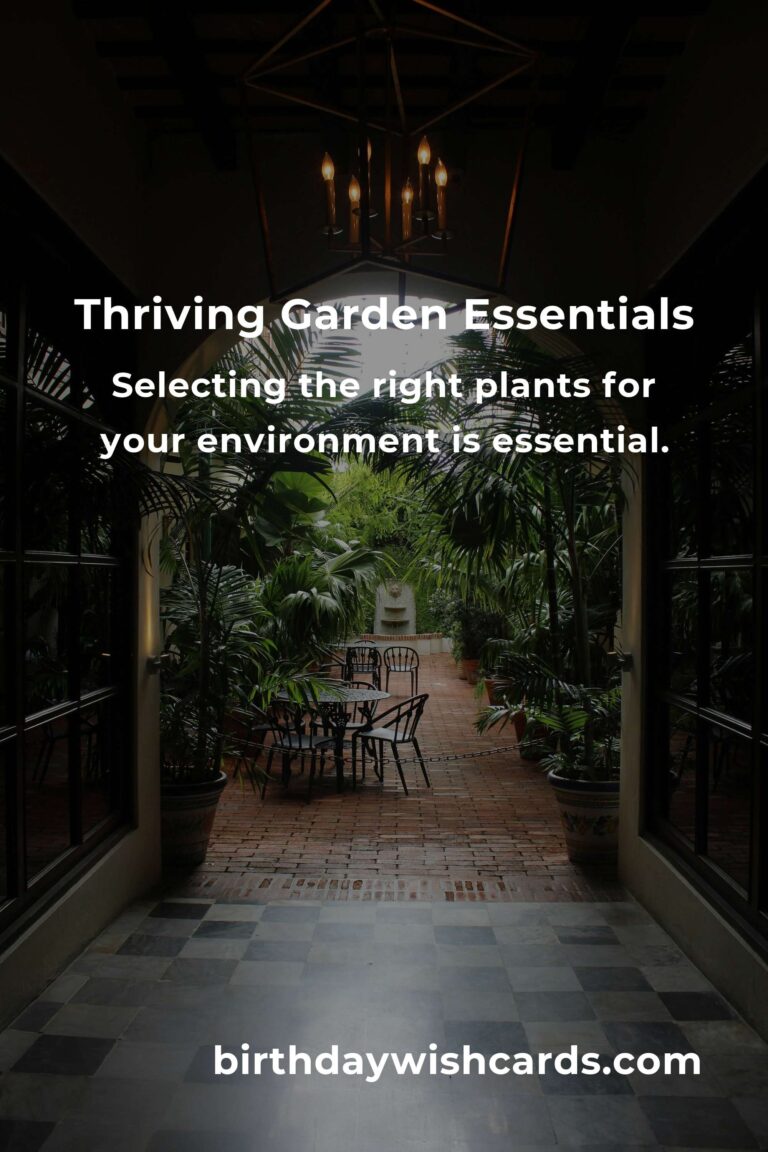
Gardening is an art that combines patience, knowledge, and a touch of creativity. Whether you’re a budding gardener or an experienced horticulturist, understanding the fundamental principles of gardening is crucial for a successful and flourishing garden. This survival guide aims to equip you with essential tips to navigate the world of gardening and ensure your garden thrives.
Understanding Your Garden’s Environment
Before you start planting, it’s vital to understand the environment in which your garden exists. This includes the type of soil, the amount of sunlight, and the climate of your area. Each plant has specific needs, and aligning these needs with your garden’s environment is the first step towards a successful gardening experience.
Soil Preparation and Fertility
The foundation of any thriving garden is healthy soil. Start by testing your soil to determine its pH level and nutrient content. Based on the results, you may need to amend your soil with organic matter or fertilizers. Composting is an excellent way to improve soil fertility, as it adds essential nutrients and enhances soil structure.
Choosing the Right Plants
Selecting plants that are well-suited to your garden’s environment is crucial. Consider the climate, sunlight, and soil conditions when choosing plants. Additionally, opt for native plants, as they are more likely to thrive in your local environment and require less maintenance.
Watering Wisely
Watering is an essential aspect of gardening, but it requires a balanced approach. Overwatering can lead to root rot, while underwatering can cause plants to wilt. It’s important to understand the specific water needs of your plants and adjust your watering schedule accordingly. Drip irrigation is an efficient method that ensures plants receive the right amount of water directly at the roots.
Pest and Disease Management
Gardens are often susceptible to pests and diseases, which can hinder plant growth. Implementing integrated pest management (IPM) strategies can help control pest populations while minimizing harm to beneficial insects. Regularly inspect your plants for signs of pests or diseases and take appropriate action, such as removing affected leaves or using organic pesticides.
Pruning and Maintenance
Regular maintenance, including pruning, is vital for healthy plant growth. Pruning helps remove dead or diseased branches, encourages new growth, and maintains the desired shape of plants. It’s essential to learn the proper pruning techniques for each type of plant in your garden.
Embracing Sustainable Practices
Sustainability is an important aspect of modern gardening. This includes practices like rainwater harvesting, using organic fertilizers, and minimizing chemical use. Sustainable gardening not only benefits the environment but also enhances the health and productivity of your garden.
Conclusion
Gardening is a rewarding endeavor that offers a sense of accomplishment and a connection with nature. By understanding the principles outlined in this guide, you can navigate the challenges of gardening and create a vibrant, thriving garden. Remember, patience and persistence are key, and with time, your garden will become a testament to your hard work and dedication.
Gardening is an art that combines patience, knowledge, and creativity. Understanding your garden’s environment is crucial for plant success. Healthy soil is the foundation of any thriving garden. Selecting the right plants for your environment is essential. Balanced watering is key to plant health. Implementing integrated pest management helps control pests. Regular pruning and maintenance promote healthy plant growth. Sustainable practices enhance garden health and productivity.
#Gardening #GardenTips #SustainableGardening #PlantCare #SoilHealth

